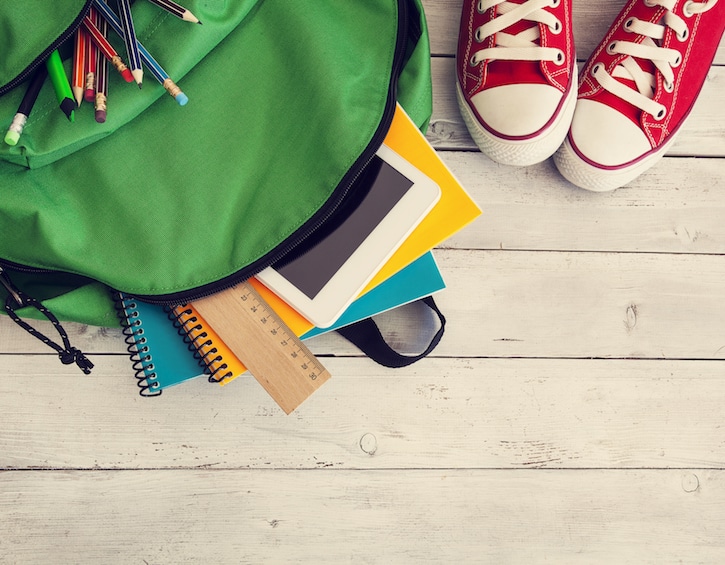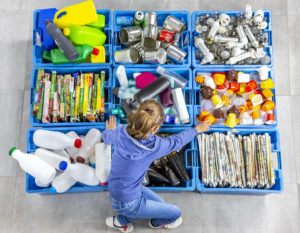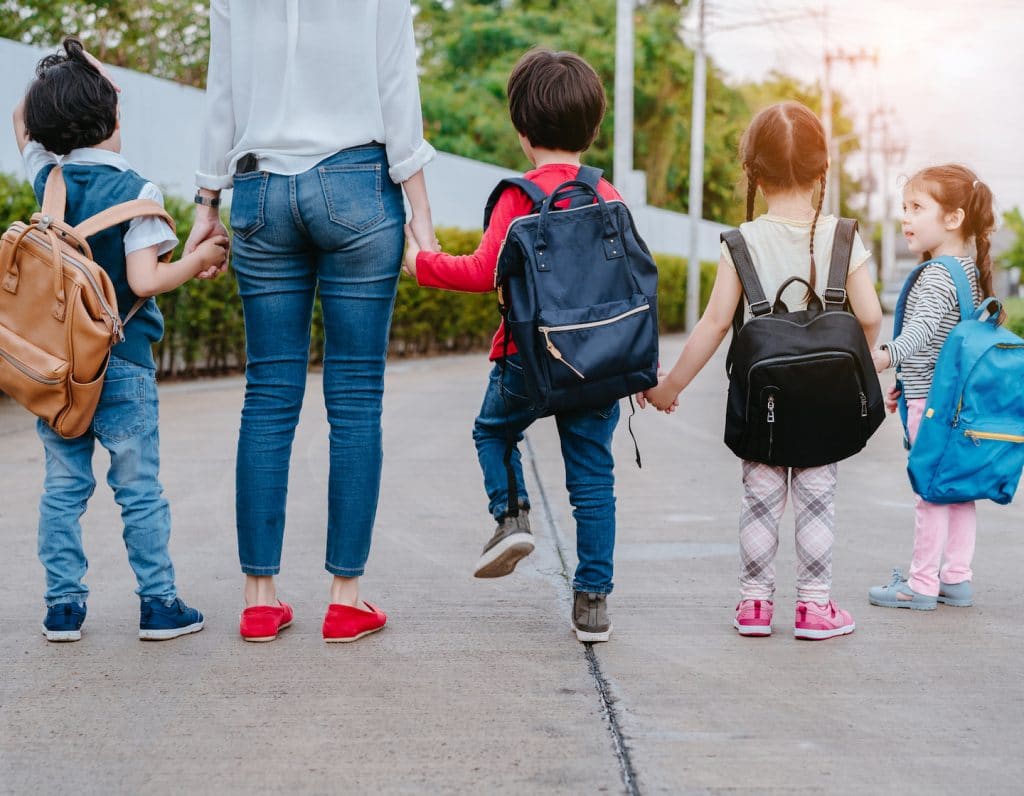
A professional organiser explains how to help kids stay organised and keep track of their stuff – from water bottles to backpacks, not to mention homework assignments – at every step in their school career
How many of your child’s water bottles, or caps, or toys, have never made their way back home from school? How many times has your child called you from school, asking you to urgently bring their homework, or the PE kit they forgot at home? Well, probably too many times!
We love our children, and want to support them in any way we can, but it can be frustrating (infuriating?) to feel so relied upon to help them find their stuff and constantly nag remind them about what they need to do. And as the finish line, in the form of the end of high school, draws closer and closer, you can’t help but question whether they’ll be able to cope with the demands of uni, especially if they study overseas.
Ok, take a deep inhale! The objective of this article is not to send you into panic mode – after all, you may have many years to go before he or she leaves the nest – but rather highlight a few systems and habits you can help your child build upon over the years to help them be more organised and independent. Here they are.

PRESCHOOLERS
Children as young as three years old can be involved in “packing” their schoolbag to ensure that none of the things they need for the day ahead is forgotten at home.
For that, you need to designate a specific place at home, ideally next to the main door, where everything that your child needs for kindergarten or school will be gathered. I call it the “launching pad”.

Add a checklist with the contents of the schoolbag next to it. For example:
☐Lunch box or wallet
☐Water bottle
☐Hat
☐Change of clothes
☐Schoolwork
☐Diary
☐Laptop or tablet
☐Musical instrument
☐Things for after-school activities etc.
Depending on your child’s schedule, the list may vary every day. If your child is too young to read, simply use images instead of words.
Make it your child’s responsibility to gather their things. For young children, you may want to make it a game by putting on a timer or some music to keep them focused. You’ll still probably have to pack and unpack their schoolbag on their behalf until the primary school years, but having a launching pad will avoid the frantic run around the home in the morning to gather all that’s needed for the day ahead!
PRIMARY SCHOOLERS
It is reasonable to expect your primary schooler to bring all their stuff back home after school, at least most of the time. A checklist, similar to the one you developed for their launching pad, will again prove very useful. Attach it to their backpack or make it a bookmark to be attached to their diary (having it laminated will help keep it in good condition for the entire school year). Think about the best cue to help remember to check their checklist; it could be the school bell ringing, or a phone reminder, for example.
Make a habit of emptying the school bag when they’re back from school will ensure that no unnecessary stuff is going back and forth between school and home and will as a result limit the risk of getting lost. Ask your primary schooler to return the contents of their school bag to their proper place: lunch box to the kitchen, dirty PE outfits to the laundry basket, schoolwork to their desk etc.
Add responsibilities progressively. For example, they could first be in charge of returning their lunchbox on the countertop in the kitchen, then when this habit has been acquired, to throw her lunch leftovers in the bin and put the box and utensils in the sink, and eventually to wash the dishes themselves.

TWEENS & TEENS
Middle school is bound to test your child’s organisational skills – or lack thereof– especially with subject-taught classes requiring different sets of notebooks and textbooks to be brought to school every day. Having a clutter-free and well organised study area will prove critical for your child to stay on top of all the paperwork they have to handle.
If you haven’t already done so, it’s time to invest in a proper desk equipped with drawers or containers to store all their supplies such as pens, pencils, highlighters, scissors, erasers, measurement tools, calculator, sticky notes. Their timetable should be kept visible above the desk, as well as her weekly schedule encompassing all the after-school activities, tuition, sport and study time your child is committed to.
Read more: Time Management Tips for Teens and Tweens
A bookcase to store textbooks and schoolwork will help free up space on the desk so that it’s a proper working space. Paper should be filed, not piled, as piles attract clutter and make it difficult to find a document when it’s most needed. Notes, completed work, tests and ongoing projects should be sorted into magazine holders by subject and properly labelled to make sure they are easily identifiable. Having a binder with multiple pockets (one per subject) can also be useful to carry schoolwork to and from school.
The desk should be tidied up at the end of study time. And the paperwork should be purged at the end of the school year, or at least before the beginning of the next one, to ensure that only relevant paper is kept.
The school locker should be viewed as interim storage, a place to keep the materials your child needs for the day while they move from class to class, but it should be emptied at the end of the day. Having multiple storage spaces – such as the bookshelves at home and the locker at school – will lead to confusion and most certainly result in not having the materials needed at hand.

AND WHAT ABOUT THE PARENTS?
It’s important to let your child be in the driver seat when it comes to designing their own organising systems because they’re less likely to resist them if they’re based on their own needs and preferences. Give them a chance to experiment and learn from their mistakes by bearing the consequences of their decisions and actions.
Even if you feel that a lot of things need to be set up or changed, don’t attempt to do it all at once. Start small. Be patient. Focus on the positive progress they’re making. And reward them appropriately when they’ve achieved a milestone. At the end of the day, as the American journalist Ann Landers once said, “It is not what you do for your children, but what you have taught them to do for themselves, that will make them successful human beings.” Good luck to you all!
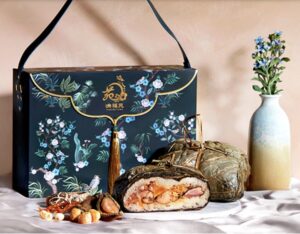





 View All
View All




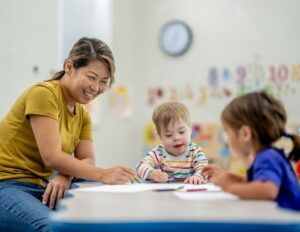
 View All
View All









 View All
View All


